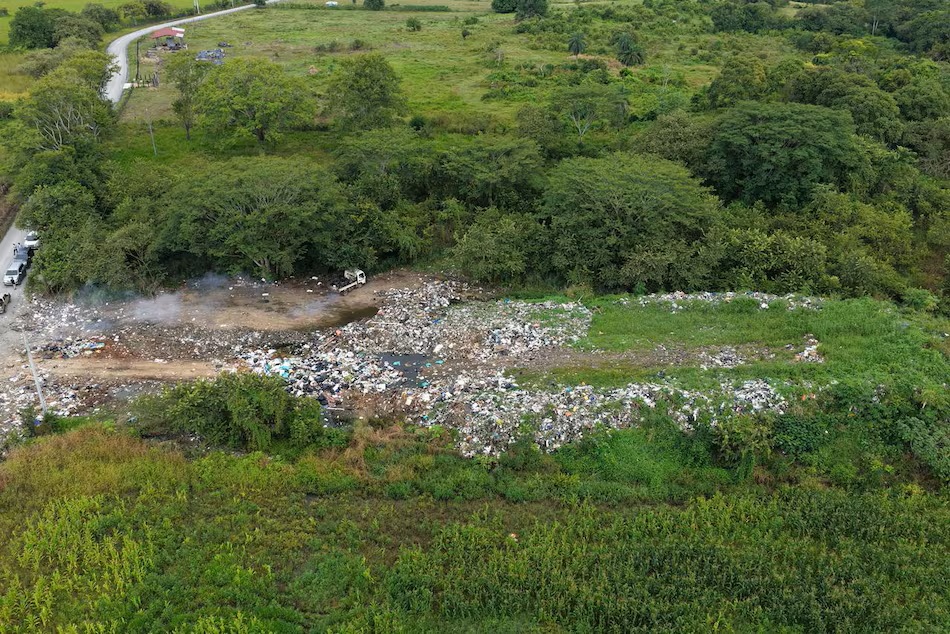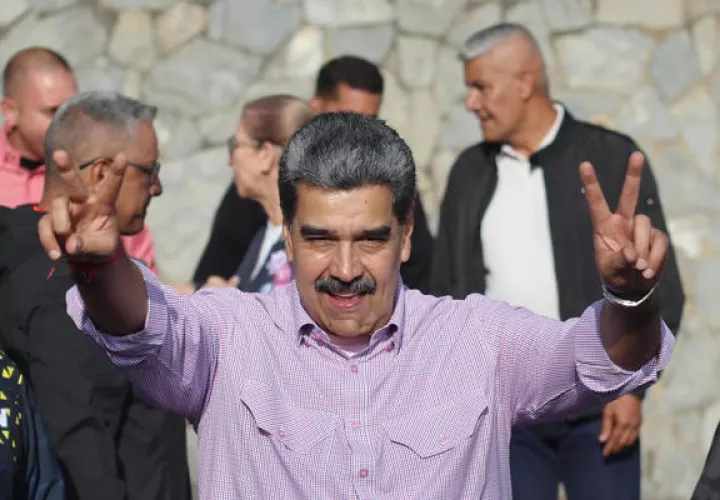The Thrill and Legacy of Horse Racing in Panama

Guest Contribution – Horse racing in Panama is much more than a sport, it’s a vibrant cultural institution that intertwines history, national pride, and international competition. Across the isthmus, the pounding of hooves on dirt tracks echoes the legacy of a pastime that has grown from informal contests to a modern industry hosting multinational jockeys and high-stakes events.
A Historical Ride
The earliest beginnings of equine speed contests in Panama took place informally. As early as the turn of the 20th century, impromptu races in Panama City saw two or more horses and riders sprinting along avenues amid cheering locals. In 1922, the sport took on formal structure with the founding of the Panama Jockey Club, establishing regulated racing and setting the foundation for a national industry. Over the decades, Panama developed breeding farms, registered studbooks for thoroughbreds, and a racing infrastructure that anchors horse racing firmly in its sporting culture.
The Venue and the Industry
The heart of Panamanian horse racing is the Hipódromo Presidente Remón, located in Panama City. This racetrack hosts regular race days and international classics, drawing large crowds and global attention. Virtually every weekend of the year features some form of racing, making the Hipódromo one of the most active venues in Latin America.
Economically, the sport contributes to hundreds of jobs and supporting breeding farms, feed suppliers, trainers, and veterinary services. Government data show that at one point as many as 18 regulated breeding farms operated in the country, each contributing to a well-organized equine sector. Horse racing in Panama is therefore both entertainment and industry, a mix of cultural tradition and economic engine.
International Reach and Major Events
Panama plays a leading role in regional racing, particularly through its hosting of the Clásico Internacional del Caribe, the Caribbean Classic. In 2023, the Hipódromo Presidente Remón served as the venue for this celebrated event, welcoming thoroughbreds from Venezuela, Mexico, Puerto Rico, Colombia, and Ecuador. The Caribbean Classic is the pinnacle of regional racing, featuring multiple Grade 1 races with combined prize money surpassing US $800,000.
Panama has long been dominant in this competition, boasting more wins in the Caribbean Classic than any other participating nation. The event not only highlights the country’s high-caliber horses and riders but also cements Panama’s reputation as a leader in Latin American horse racing.
Jockeys and Trainers: Panama’s Greatest Export
Perhaps Panama’s most valuable contribution to world racing is its production of elite jockeys. The country is home to the Laffit Pincay Jr. Jockey Training Academy, named after the legendary Panamanian-born Hall of Fame jockey who achieved global fame in the United States. Established in 2009 at the Hipódromo Presidente Remón, the academy trains aspiring riders in all aspects of the profession: fitness, race strategy, horse handling, and sportsmanship.
Many of its graduates have gone on to international prominence, racing at major tracks in North America and Europe. The academy is a symbol of Panama’s deep commitment to developing equestrian talent and maintaining its proud reputation as a “factory for world-class jockeys.”
The Triple Crown and Local Classics
Like the United States and other racing nations, Panama has its own Triple Crown for three-year-old thoroughbreds. The series includes the Clásico Arturo Delvalle, Clásico Augusto Samuel Boyd, and Clásico Carlos Eleta Almarán. Winning all three in the same season is a rare and prestigious achievement, celebrated widely within the Panamanian racing community. These events encourage breeding excellence and embody the sporting spirit that keeps the national circuit thriving.
Culture, Betting, and Modernization
The culture surrounding horse racing in Panama blends competition, community, and celebration. Race days are lively social occasions where fans enjoy music, food, and friendly wagers, creating a festive atmosphere that attracts people of all ages.
Betting has always been integral to the experience. The Panamanian government has authorized online wagering and modernized betting shops at the Hipódromo, reflecting the sport’s evolution into the digital age. The horse racing odds in Panama are calculated similarly to international standards, with pari-mutuel systems determining payouts based on total wagers, giving bettors transparent and dynamic returns that shift with each new bet. This ensures fairness while maintaining the excitement of constantly changing odds.
These updates have broadened participation, allowing fans both at the track and online to engage with the sport more easily than ever before.
Challenges and Opportunities
Despite its enduring popularity, Panama’s horse-racing industry faces several challenges. Maintaining high standards for animal welfare, modernizing infrastructure, and attracting younger audiences are all priorities. As entertainment options diversify, race organizers are finding new ways to make events more accessible and engaging, including enhanced live streaming, interactive apps, and themed race days.
Global competition is another challenge. To stay relevant on the international stage, Panama must continue investing in breeding programs, equine technology, and training facilities. Regulatory oversight is also essential to ensure transparency in betting systems and sustainable industry growth.
On the positive side, there are strong opportunities ahead. The growing interest in equine tourism offers potential to attract international visitors eager to experience the Caribbean Classic or attend weekend races. Panama’s location as a global hub and its reputation for producing exceptional jockeys provide solid foundations for continued success.
Why It Matters
Horse racing in Panama matters for many reasons. It is a national symbol, representing excellence and pride. It is an economic force, supporting jobs and local businesses. It is a cultural bridge, linking generations through shared traditions. And it is a global calling card, producing talent and champions who carry the Panamanian flag onto the world stage.
For Visitors and Enthusiasts
Visitors to Panama who want to experience the sport firsthand should plan a weekend trip to the Hipódromo Presidente Remón. Arriving early allows time to explore the paddock, observe the horses, and enjoy local food and music. Dress codes are casual but neat, and newcomers will find staff and fans alike eager to explain the betting process. Whether you’re placing a wager, watching from the grandstand, or simply soaking in the energy of race day, it’s an unforgettable window into Panamanian life.
Conclusion
In Panama, horse racing is more than a pastime, it is a living tradition that connects history, sport, and community. From its humble beginnings on dusty city streets to its present-day status as a regional powerhouse, Panama’s racing scene reflects the country’s drive, resilience, and passion. With a world-class racetrack, celebrated jockeys, and a dynamic betting culture, Panama remains a proud guardian of the “Sport of Kings” in the heart of the Americas.
________________________________________________________________________________________________________________
Advertisements placed in our Guest Contribution sections are in no way intended as endorsements of the advertised products, services, or related advertiser claims by NewsroomPanama.com, the website’s owners, affiliated societies, or the editors. Read more here.




